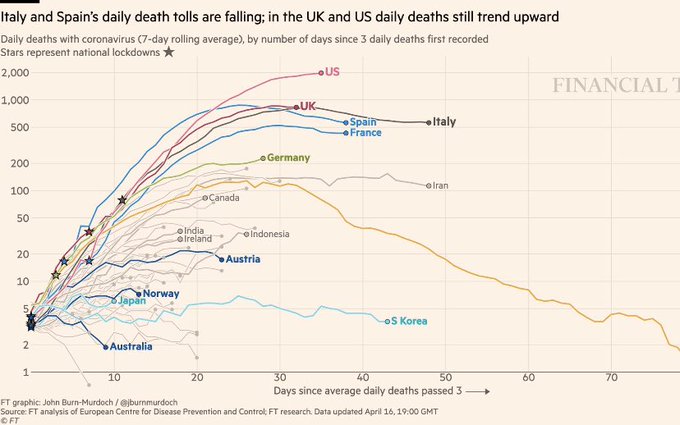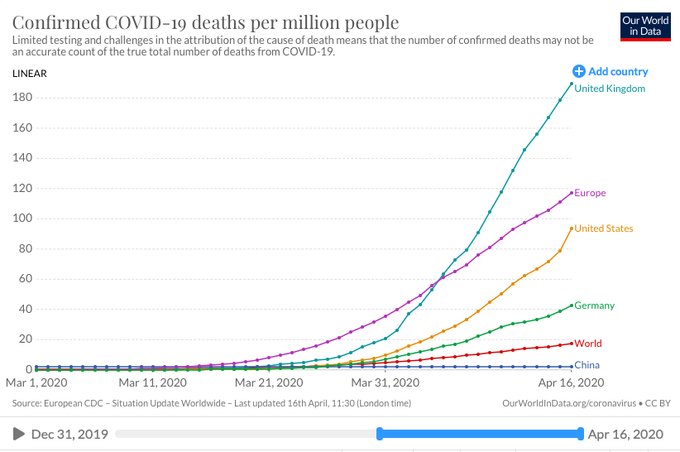‘If a mask reduces the amount of virus leaving your mouth to 1/36 th, it must have some affect going the other way, ie into your mouth / lungs? Maybe not as much reduction, maybe so, but it must have some level of reducing affect?
I have been convinced that the government is deliberately misinforming us with regards to face masks. This is highly likely because they have dropped the ball over providing them to health professionals and any public demand would expose their incompetence even further.
The latest proposal to make office staff wear them reinforces my suspicions. Why would you do that if they supposedly offer no protection?
I did a few calculations on this topic a number of days ago. My conclusions are that if one is in a crowded location and forced into proximity with other people, wearing s mask is beneficial. However it is nowhere as effective as physical distance. So I look with amusement at a person, on their own in a car driving and wearing a mask. If on the other hand, I was a taxi driver, I would be insisting on wearing one.
The original CV19 guidelines indicated that a person within 1 metre of an infectious person for 15 minutes was a very high risk candidate. .. so take that as the standard. And assume certain infection for the 1m 1/4 hr exposure
The volume occupied by the shedder is a cylinder 2 metres high and 1 metre radius .. or 6 cubic metres . Actually that is a gross over estimate as the danger zone is the mouth and face area , and the 1/2 litre of expelled air every second. . And our heads tend to be at the same level ... . if one is 2 metres away, the intensity of viral particles will ,even for pure aerosol spray be 1/8 that of 1 ,At 3 metres 1/27 ,at 4 metres 1/81 etc... It will decrease at least as fast as the cube of the distance. .. probably faster as it is not an aerosol but heavier droplets, and will not remain suspended in the air
A person wearing an N95 mask, will experience 5% of the load transmitted compared to no mask. That means they can be at the same distance 20 times longer for the same risk.. but they would be even more protected by being a little be further away even without a mask.
A person walking past a shedder is in the active zone for perhaps a second, so would need to be in very close proximity to 1000 different shedders
This explains why nurses who must be within the active zone for extended periods need added protection. It also explains that the standard N95 is inadequate for an 8 hour shift. They should have full active breathing apparatus,with pumped air delivery.







